Got (excess) supplies?
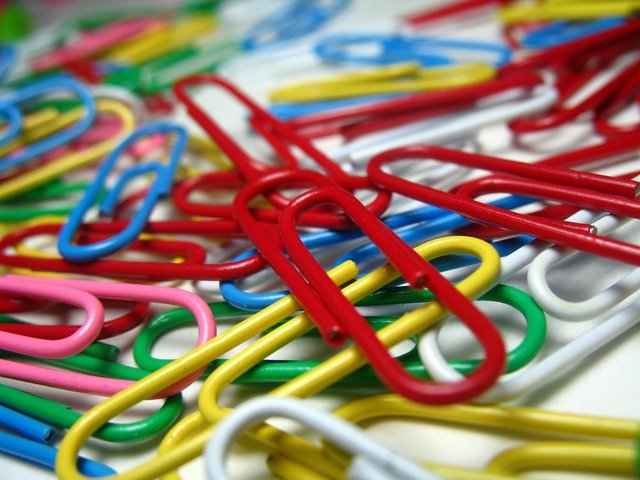
By Melanie Stewart
Many of you have contacted LiveGreen and asked us what to do with excess supplies. It seems that some of you have projects requiring 3-ring binders but don’t need them anymore and they are taking up space. Some of you receive paper forms with paperclips, but don’t have a use for them after you scan the documents. Others ordered a scientific supply in bulk, but had an experimental change and no longer need it, or can’t use all of it before it expires.
You recognized that somebody else is paying for these supplies, so why not save them a little money, prevent items from going to the landfill, and free up some clutter?
We LOVE that you think that way!
To help, LiveGreen now has a “supply exchange” on the LiveGreen Website. It’s free for any Nebraska Medicine or UNMC employee or student to use and you can post an ad for something others might be able to use. You can also post requests for supplies if there’s something you frequently need that you think others might have.
Here’s what you need to know:
- Go to LiveGreenNebraska.com/supply-exchange
- Only items from UNMC and/or Nebraska Medicine can be listed. Please don’t list personal items, nor can you take these items home.
- All items are free or for trade, no money will be exchanged.
- Lab supplies, office supplies, anything you have that others can use can be posted.
- Provide as much information as you can: color, quantity, condition, etc. The more information you provide the less time you’ll spend answering these questions from interested parties.
- Picture worth a thousand words? You can post that with your ad too.
- All ads will be approved by an administrator prior to being posted.
- You are responsible for maintaining/removing your post.
Easy, right?
If you have something to get rid of or are looking for something, head on over to the supply exchange and get your item posted. While you are there you can browse or search other listings.
Item not getting any interest? Try including more information or adding a picture. If your item can be used on a medical mission trip, contact Sara Pirtle.
Purple Martins are Back
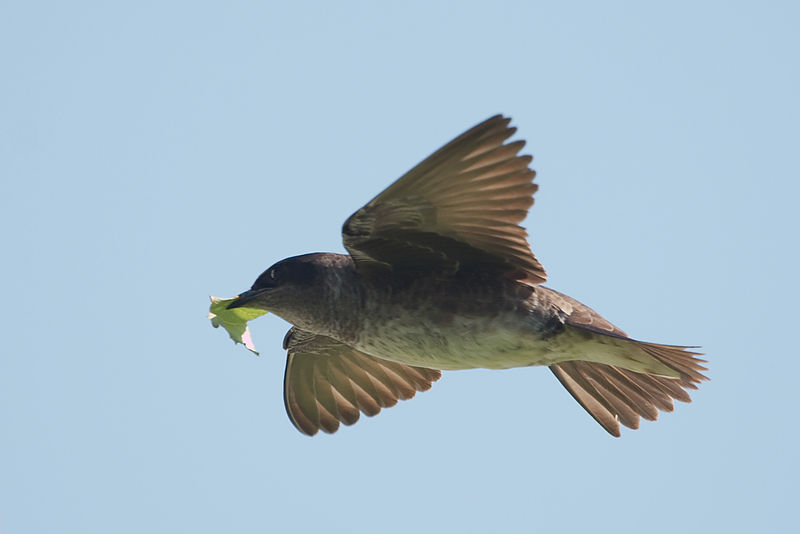
If you’ve been on campus for very long, you are probably aware that the Med Center is a hot spot for watching the Purple Martin migration. They usually start to show up in late July, and by early- to mid -August there will be an estimated 60,000 birds roosting while traveling through campus.
Purple Martins are the largest swallow in North America. They often nest in hollows, wood pecker holes, and holes in saguaro cacti in the west, but in the east many of those habitats don’t exist, so they are dependent on houses and other structures provided by humans. This brings them into cities, where they can be seen in large groups.
Purple Martins compete, and regularly lose to, European Starlings for nesting space and this competition nearly eliminated the Purple Martin population, which means they are a protected species. As a protected species we are

sustainability manager
required to help them, so you will see banners and curtains in walkway glass and windows, to prevent them from flying into the glass.
Fun fact: most foreign species are introduced into a new geographical area to solve an existing problem, i.e. introduce specific bird to eat specific bug. However, European Starlings were introduced into North America by the “American Acclimatization Society” in Central Park in 1890 who desired to introduce all birds mentioned in the works of William Shakespeare into the U.S.
The Purple Martin migration north to Canada is somewhat staggered, with birds spread out over distance and timing, as breeding competition changes their behavior. On the southern trip – all the way to Mexico with some traveling as far as the Amazon basin – they tend to flock together more. They are known for making lots of “chortles,” “rattles,” and “chirps” and this means a flock of 60,000 can make a lot of noise. It also means they leave behind a lot of….ahem, droppings. (Be sure to be extra nice to the Grounds employees who power wash all of it off the sidewalks and windows every morning).
The upside? They eat a lot of bugs! Recent studies show that they particularly like fire ants, but they’ll eat just about any insect. They are also fascinating to watch; at dusk they start to appear and by the time it’s dark they are in the ash trees by Kiewit Tower and the Doctor’s buildings. It’s unknown how so many birds can fly together and change direction so quickly without running into each other, but it’s an impressive scene.
If you want to come watch, that’s great! Just park your car legally and stay out of the way of emergency vehicles making their way to the ER.
Green Linen Management
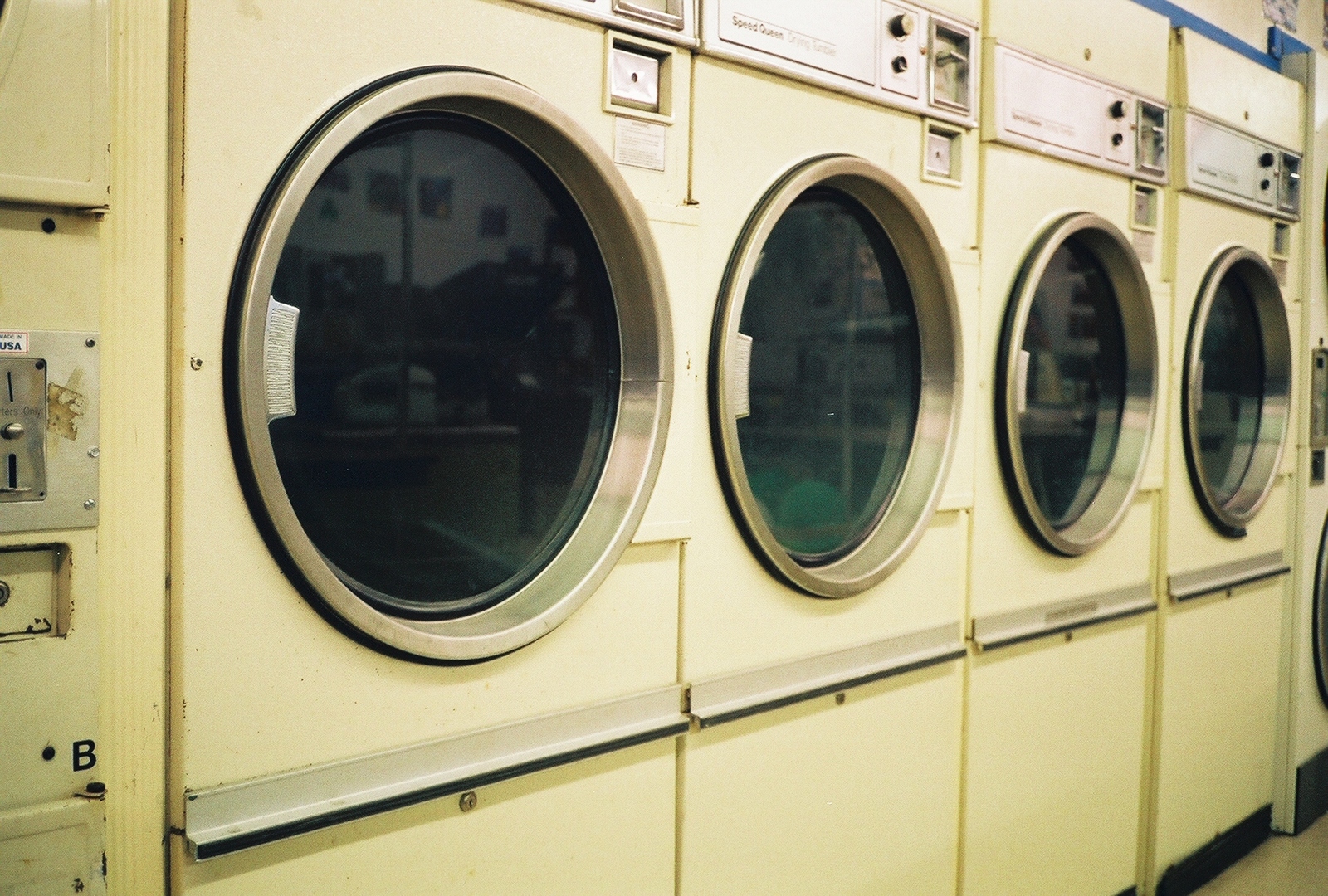
by Melanie Stewart, with help from Environmental Services
In 2006 Environmental Services started a Linen Management program for Nebraska Medicine, UNMC, and their associated clinics. Linen management is about having the right amount of linen available at the right time, not just using less, but using it effectively, without waste or overuse.
The common metric for linen is “Pounds per Adjusted Patient Day”. An audit in 2006 revealed the average amount of linen used was 22 pounds per adjusted patient day! That is a lot of linen that has to be washed, dried, folded, delivered, and re-stocked. The Linen Management Program found that sometimes rooms were stocked with excess linen that ended up not being used, but still had to be laundered once the patient was discharged.
Environmental Services monitored utilization, tracked linen, worked with both EVS and clinic staff, and trended results. These efforts, along with consistent education throughout the hospital and clinics resulted in a reduction of 5.5 pounds of linen, down to 16.5 pounds per adjusted patient day. This adds up to a total decrease of 1.2 million pounds of linen a year.
Laundering 1 pound of linen takes 3 gallons of water, so this reduction has resulted in a savings of 3.6 million gallons of water a year. There has been a corresponding reduction in the use of electricity, gasoline, and wear and tear on transportation equipment as part of this effort. Employees spend less time restocking, leaving time for more important tasks.
The more often linen is washed and used, the faster it wears out and has to be replaced. In 2006, $425,000 was spent on linen. The reduction in pounds per adjusted patient day has helped to lower this by more than $25,000 per year, down to $395,000 in 2014, and that included a 30% increase in replacement costs!
Your efforts and help have aided Environmental Services in making these changes, which have had a tremendous impact in patient care, the environment, and monetary costs – the famous “triple bottom line” of sustainability. So far, this partnership has resulted in an approximate savings of $700,000 annually and they aren’t done yet.
The next challenge? Washcloths. Did you know they aren’t disposable?
Don’t waste that produce!

by Melanie Stewart
We are definitely in the middle of summer and if you have planted a garden, participate in a CSA, or go to a farmers market, you (hopefully) know that that the harvest has been bountiful so far this year. Given all of the energy and resources used to create that harvest it’s terrible to watch all that food go to waste.
Currently, it’s estimated that each U.S. household wastes over $900 in food each year; and that’s money from your pocket, it doesn’t count the waste of the resources used to produce that food or get it to your home. Check out this article for a variety of little steps you can take to save food, money, and resources.
If you are like some of us, you end up with a lot of the same kind of vegetable or a lot of vegetables at once; which could be more than you can eat.
Not sure what to do with your extra zucchinis?
Don’t know how to preserve fruits to use later this winter?
What about all those tomatoes?
LiveGreen can help!
Visit our Recipe board on Pinterest for lots of new-to-you recipes that include fresh fruits, vegetables, and herbs. There’s also meatless recipes, organic recipes, and light and fresh recipes that are perfect for those hot summer days!
You can also go to our Food board on Pinterest to find numerous resources on how different vegetables and fruits can be preserved for long periods of time including canning and freezing.
Not a good harvest? Our Garden board can help with common ailments or check out the Douglas/Sarpy County Extension; their master gardeners can help with lots of problems and questions, and their website has lost of topics…It’s not too late!
You may also be interested in Edible Omaha, a free publication that highlights clean eating, sustainable food sources and local and organic food. They have a digital version of their publication and numerous recipes posted online.
If you have planted non-hybrid plants you may be interested in seed saving. Saving seeds helps to preserve some of the genetic diversity of plants to increase qualities such as drought-tolerance, heat-and-cold-tolerance, and disease resistance. For information on how do so, check out this seed saving handbook.
Planted only hybrids this year? Consider checking seeds out from the Benson Library or Seed Savers Exchange next year to start your crop.
Breathe Easy

by Melanie Stewart
Last week we were treated to hazy skies and smoky air courtesy of wildfires in Saskatchewan. It’s a little mind boggling to fathom the size of that fire to know that we could actually smell the smoke thousands of miles away.
It’s also a reminder of how interconnected we all are and how our actions can have a direct impact beyond our immediate area.
You may be familiar with the Little Steps Big Impact program designed to reduce ground level ozone levels in Omaha. Ozone is a harmful gas pollutant when it is at ground level which can have many adverse health effects, especially for people with existing breathing problems (like asthma and emphysema), and is harmful to pets and plants. It creates a hazy appearance across the city, not unlike smog, and contains harmful nitrous oxide and volatile organic compounds (VOCs). Ground level ozone is more prevalent in the summer, when more pollution is produced by small gas engines (mowers, toys, etc.) and the sun “cooks” the air.
Fortunately, there are a few easy things that you can do to prevent ground level ozone, creating cleaner air, a less polluted environment, and an overall healthier place to live.
To do your part:
- Drive less: carpool, walk, bike or take the bus to reduce fuel emissions. (And you can do all of this for free with the TravelSmart program!)
- When you do drive:
- Run all of your errands in one trip or combine errands with your daily commute.
- Don’t Idle. Idling your car for just 30 seconds uses more fuel that restarting your engine.
- Use ethanol. Ethanol is a biofuel that produces less pollution.
- Fill your gas tank early in the morning or late at night when it’s cool. Fumes increase with higher temps and dissipate overnight without the sun.
- Don’t top off the tank. When the pump clicks to shut off, your tank is full; adding more increases emissions and risks overfilling.
- Use electric motors or manual tools to maintain your yard; small gas power engines release as much as 25% unburned gasoline into the air. If you must use gas, do it in the cool parts of the day.
These little steps will have a big impact, making Omaha and the surrounding area a cleaner and healthier place to live and work.
Vacation at Home
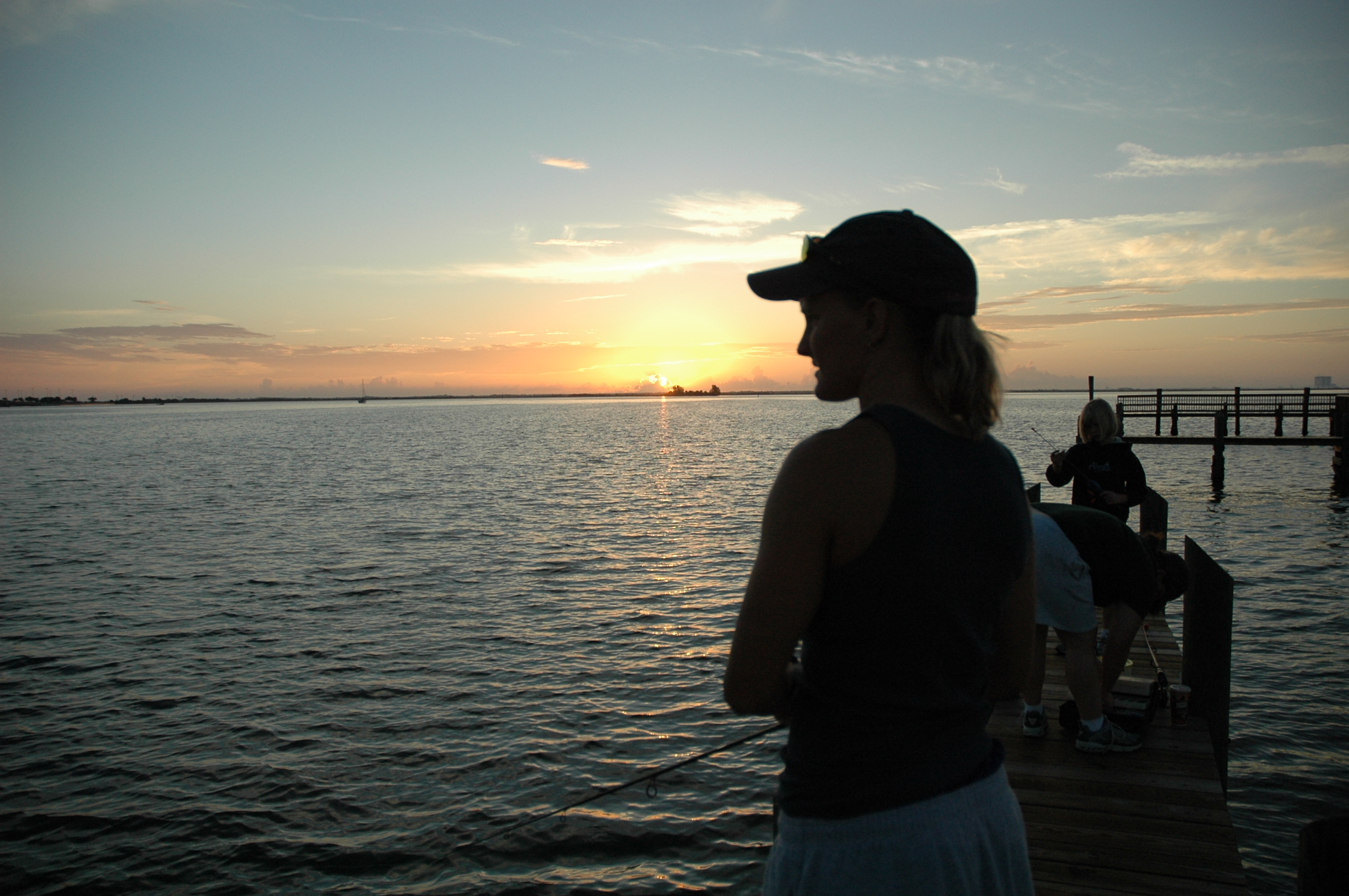
By Melanie Stewart
Temperatures have been on the rise and summer is in full swing! Did you know that spending time in nature is great for kids and adults and can improve health? Lots of people are considering saving money and being green by taking a “staycation” so what’s a nature-loving person or family supposed to do in and around Omaha?
Most of you are probably aware of options like the Henry Doorly Zoo and Lauritzen Botanical Gardens, but LiveGreen would like you to know there are LOTS of options in and around this area: hiking, biking, fishing, bird watching, trains, camping, relaxing, there’s something for everybody. Everything below is linked to easily allow you to find details and make plans for your weekends or staycations (and some have day camps for kids and teens):
- City of Omaha Parks (lists all parks, locations, and amenities)
- Lee G. Simmons Conservation Park and Wildlife Safari (Check out the calendar so you can time your visit to see enrichment activities for the Wolves and Bear. Go in the summer but make sure you come back in the fall to hear the elk “bugle”, it’s an experience you won’t forget!)
- Fontenelle Forest
- Two Rivers State Recreation Area
- Wehrspann Lake
- Mahoney State Park
- Hitchcock Nature Center
- Neale Woods – which includes the Millard Observatory
- Heron Haven
- Boyer-Chute National Wildlife Refuge
- Loess Hills State Forest
- Ponca State Park
- Omaha City Trails
- DeSoto Bend National Wildlife Refuge
- Gifford State Forest
- Blackbird Marsh County Preserve
- Fremont State Recreation Area
- Schramm Park State Recreation Area and Ak-Sar-Ben Aquarium
- Platte River State Park
- Fort Atkinson State Historical Park
- Lake Manawa State Park
Have fun and enjoy your summer!
P.S. Know of something we forgot? Feel free to share it in the comments below!
Breathe Easy
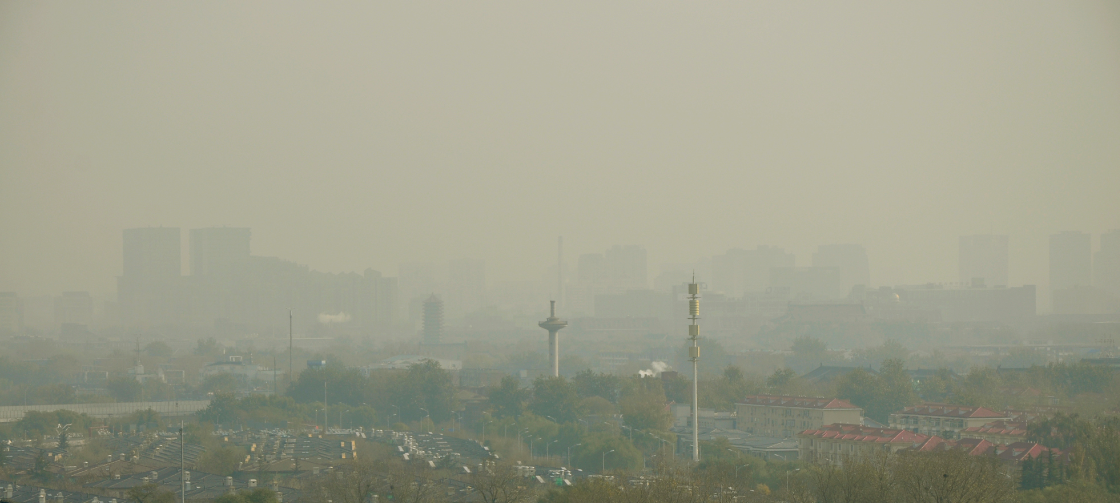
by Melanie Stewart
Last week we were treated to hazy skies and smoky air courtesy of wildfires in Saskatchewan. It’s a little mind boggling to fathom the size of that fire to know that we could actually smell the smoke thousands of miles away.
It’s also a reminder of how interconnected we all are and how our actions can have a direct impact beyond our immediate area.
You may be familiar with the Little Steps Big Impact program designed to reduce ground level ozone levels in Omaha. Ozone is a harmful gas pollutant when it is at ground level which can have many adverse health effects,

sustainability manager
especially for people with existing breathing problems (like asthma and emphysema), and is harmful to pets and plants. It creates a hazy appearance across the city, not unlike smog, and contains harmful nitrous oxide and volatile organic compounds (VOCs). Ground level ozone is more prevalent in the summer, when more pollution is produced by small gas engines (mowers, toys, etc.) and the sun “cooks” the air.
Unfortunately, there are a few easy things that you can do to prevent ground level ozone, creating cleaner air, a less polluted environment, and an overall healthier place to live.
To do your part:
- Drive less: carpool, walk, bike or take the bus to reduce fuel emissions. (And you can do all of this for free with the TravelSmart program!)
- When you do drive:
- Run all of your errands in one trip or combine errands with your daily commute.
- Don’t Idle. Idling your car for just 30 seconds uses more fuel that restarting your engine.
- Use ethanol. Ethanol is a biofuel that produces less pollution.
- Fill your gas tank early in the morning or late at night when it’s cool. Fumes increase with higher temps and dissipate overnight without the sun.
- Don’t top off the tank. When the pump clicks to shut off, your tank is full; adding more increases emissions and risks overfilling.
- Use electric motors or manual tools to maintain your yard; small gas power engines release as much as 25% unburned gasoline into the air. If you must use gas, do it in the cool parts of the day.
These little steps will have a big impact, making Omaha and the surrounding area a cleaner and healthier place to live and work.
Leapin’ Lizards! It’s a Flying Mammal!
by Melanie Stewart
For the past two weeks we’ve been talking about methods for controlling mosquitos and other bugs, so you can be comfortable in your own backyard and not lose your garden. Birds are great, but we would be remiss if we didn’t talk about bats.
Yes, I know, bats freak a lot of people out and convincing people to like them is an uphill battle. I’m going to try anyway.
First, the myths.
- They don’t get in your hair. They fly in seemingly erratic patterns chasing bugs that change direction quickly, so they are quick too.
- You aren’t going to get rabies. Less than ½ of 1% of bats have rabies and if they get it, the most common symptom is paralysis, so odds of you getting rabies from a bat is infinitesimally low.
- They don’t want anything to do with you or your house. They find their way through small openings by your chimney, eaves, or windows, when seeking a place to sleep. They can get in if feeding on bugs at a light near a door. Seal cracks, plug holes, repair screens, and apply wire mesh to the top of your chimney to prevent entry. Turn off outside lights so you don’t attract bugs.
Having dealt with the myths, let’s talk about why I’m a fan. I hate bugs. I understand why they are important, but the pests that whine in my ear, suck my blood, carry diseases, and are general nuisances make it hard for me to enjoy being outside. And I love being outside.
All bats found in Nebraska and Iowa are insectivores, feeding solely on flying insects like mosquitoes. In fact, one Little Brown Bat can eat 600-1200 mosquito-sized insects every hour. And they hunt all night! In consuming thousands of bugs, they prevent those bugs from breeding more bugs, and that’s a win-win in my book.
Bats help farmers. The more bugs bats eat, the less insecticide farmers need to use, saving millions of dollars and keeping food cleaner. A colony of 150 Big Brown Bats (weighing a whopping ¾ of an ounce) can eat enough cucumber beetles in a single season to prevent hatching 33 million more!
You can still pretend they don’t exist, or love them so much you put up a bat house, but either way, bats are your backyard buddies!
The Benefits of Backyard Birds

by Anne Rivas
Quite a few years ago, as I sat outside with my early morning coffee, enjoying the birds, I heard the dulcet tones of my darling little daughter, “Shaddup, ya stinkin’ birds!” She has never been a morning person.![Anne0701[1]](https://livegreennebraska.com/wp-content/uploads/2015/02/Anne07011.jpg)
I planted trees when I moved into that house. My neighbors told me that the previous owner had not only removed her own trees, she tried to get them to remove their trees to keep the birds from – ahem –soiling her property as they flew across.
Besides beauty, what are the benefits to attracting birds to our backyards?
- They eat insects – insects that would otherwise eat my plants. Why do I want birds in a yard where I’m trying to attract pollinators? Mosquitoes are pollinators. The birds can have all the mosquitoes they want! Some birds, such as hummingbirds and orioles, are also pollinators. The grackles are eating Japanese beetle larvae like crazy right now, all over the neighborhood. How can anyone complain about that? A vineyard manager in Napa Valley has reduced the incidence of grape blight by installing bluebird nest boxes. The bluebirds eat the insects that spread the blight-causing bacteria.
- Birds also distribute seeds – they eat berries and eliminate the seeds elsewhere. Sometimes I wish they had better aim. Nothing will grow on my porch railings or sidewalks, but I know that most seeds end up on fertile ground.
- Larger birds like hawks and owls help keep the rodent and smaller bird populations in check. Some birds eat carrion, keeping our environment cleaner.
- Bird populations serve as bio-indicators. In the 1970s birds were dying off due to the use of DDT. Now DDT has been associated with breast cancer in women exposed to it in utero. Click here to read more about birds as indicators of environmental health.
Some people worry about the potential mess birds may leave, and are concerned about bird-feeders attracting raccoons and rodents. If you have bird feeders, clean and disinfect them often to prevent birds from spreading diseases to each other, and collect and dispose of materials that accumulate under feeders. Spreading out bird feeders and water sources (birdbaths, and fountains), will reduce competition for food and decrease the possibility of birds spreading disease. Click here for more information.
For information about how to attract birds to your yard, click here.
What’s Bugging You?

By Anne Rivas
What do spring showers bring? Mosquitoes! I confess to spraying (only) my clothing with heavy-duty DEET before going on a hike last week. I was able to wear those unwashed clothes days later to mow my lawn without being bitten. If you’re going to use a chemical to repel mosquitoes, that’s one way to do it.
Having recently lived in a state that claims the mosquito as its state bird, I offer some ways to protect ourselves without killing beneficial insects and pollinators.
Wind and moving water discourage mosquitoes. If the air is still, use a fan when you’re sitting outdoors. Mosquitoes are attracted to the carbon dioxide we exhale, which is dissipated by a breeze. Mosquitoes need to keep their wings dry, so they avoid moving water. The Water Garden website recommends adding a pond for mosquito control. That website also recommends the use of Bacillus thuringiensis subspecies israelenses (BTI) as a natural mosquito control. While safe for people, pets, and wildlife, BTI kills caterpillars, so keep it out of your butterfly garden.![Anne0701[1]](https://livegreennebraska.com/wp-content/uploads/2015/02/Anne07011.jpg)
Change standing water at least once a week. A variety of critters visit my birdbath – birds, squirrels, hornets, and my dog. She’s very tall. I dump it every few days, scrub it out, and refill it. That prevents mosquito eggs from maturing into blood-sucking demons.
Anything that holds water is a potential mosquito nursery – plant saucers, buckets, toys, and tires. Butterflies and small birds like water that collects in shallow depressions in rocks. So do mosquitoes. Do you have self-watering pots? Check the reservoirs to make sure water does not stand for longer than a week.
Our gutters are clean, but the downspouts drain into pipes that go underground and come out in the yard. Every so often we clean out the crud that collects at the bottom of those pipes.
For personal protection, there are a few milder ways to repel mosquitoes than soaking your clothing in DEET. Grow citronella grass, catnip, rosemary, lavender, basil and scented geraniums. The scents of these plants repel insects, but contact can cause skin irritation or allergic reactions in some people. Catnip is in the mint family, so put it in a pot unless you want a field of it. If you use plant oils, you will need to apply them more often than you do commercial repellents.
